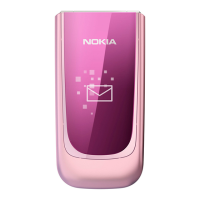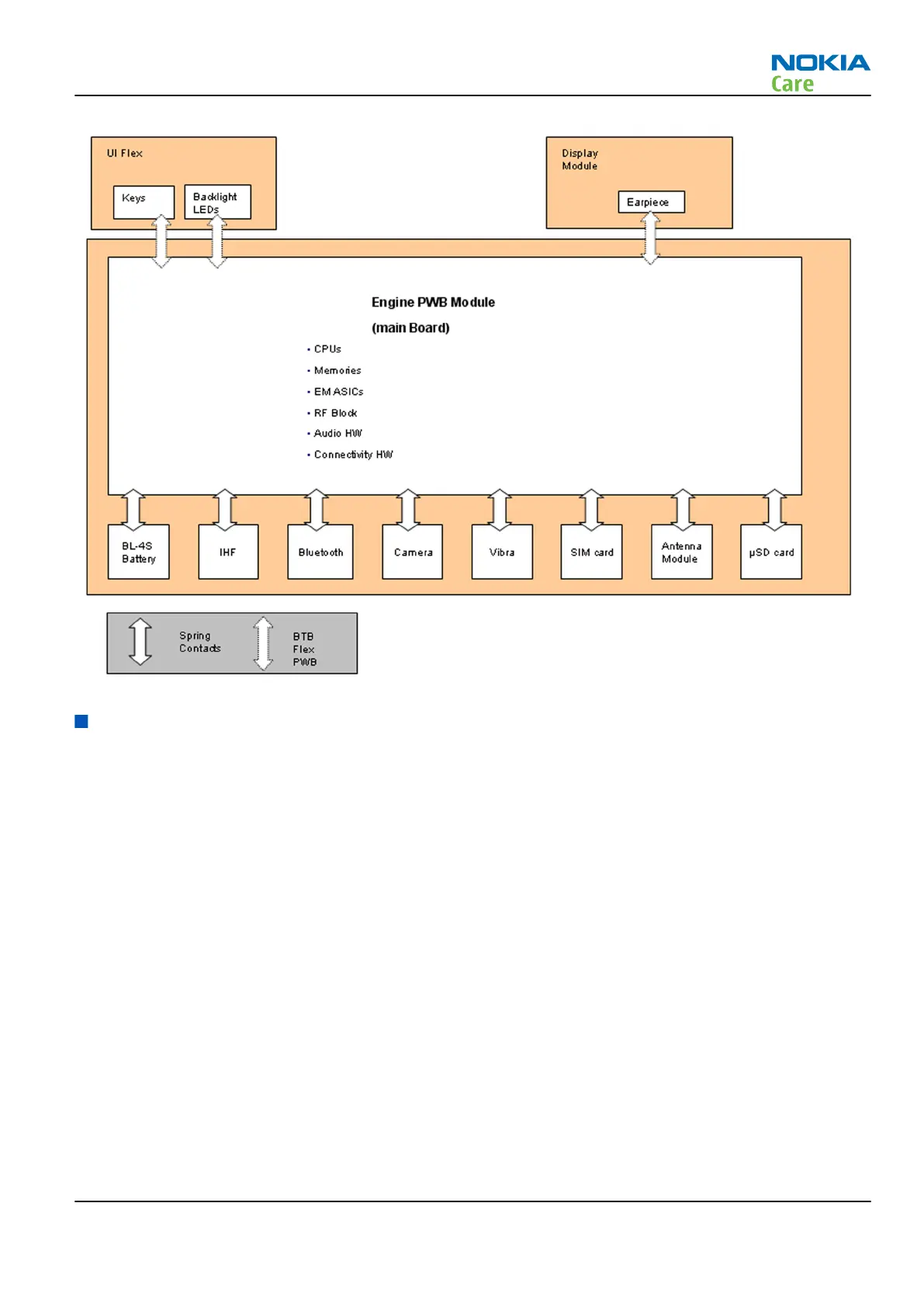Energy management
Electrical Interface Between Baseband and Battery
Introduction
The PMU (N2201) contains a fully-featured and host-interactive interface between the battery and JUNO BB
ASIC (D2800).
The PMU provides 11 LDOs and 2 switchers to run JUNO BB ASIC D2800 and other on-board devices.
When a charger is inserted, the PMU will check the battery signal (BAT_PRSNT) to detect whether the battery
is present before powering up. A battery must be present and it’s voltage must be higher than 3.3V in order
to power up the PMU.
The JUNO BB ASIC D2800 can monitor the battery voltage through it’s ADCIN1 input.
The PMU will use the BAT_PRSNT signal to detect when the battery is removed and will initiate a shut-down.
The PMU will alert the JUNO BB ASIC that the battery has been removed by sending an interrupt through it’s
_BATRM output. The JUNO BB ASIC can also monitor the BSI signal from the battery with it’s ADCIN3 input to
detect battery type. The thermal resistor R2303 is used to monitor temperature. The N2201 will be shut down
if the temperature is too high or too low.
RM-497
System Module
Issue 1 COMPANY CONFIDENTIAL Page 5 – 11
Copyright © 2010 Nokia. All rights reserved.

